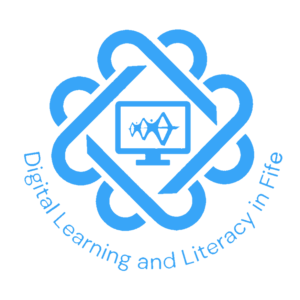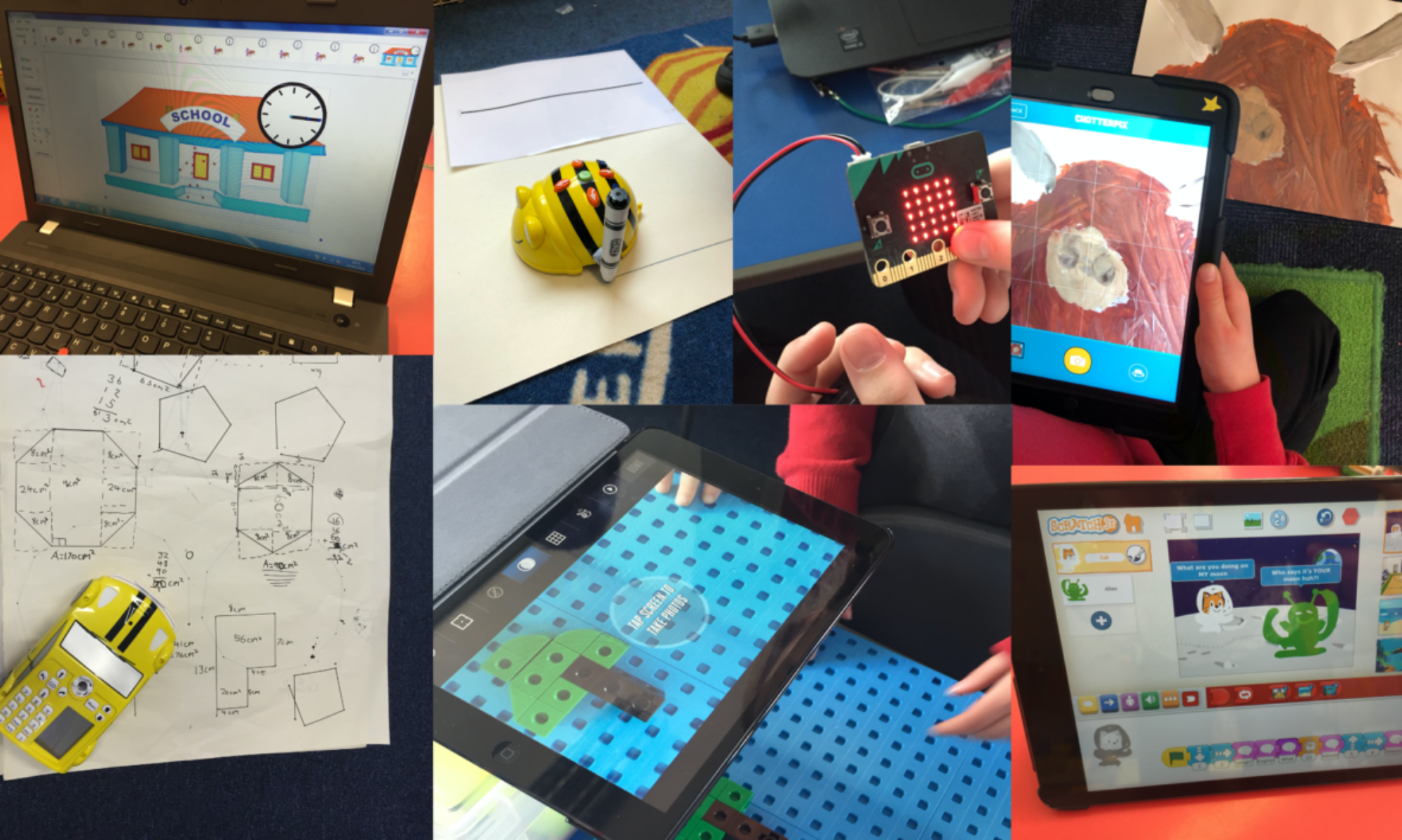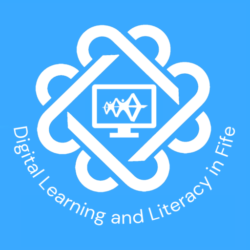“Digital literacy encompasses the capabilities required for living, learning and working in a digital society. It includes the skills, knowledge, capabilities and attributes around the use of digital technology which enable individuals to develop to their full potential in relation to learning, life and work. It encompasses the skills to use technology to engage in learning through managing information, communicating and collaborating, problem-solving and being creative, and the appropriate and responsible use of technology.”
HGIOS4 (Education Scotland, 2015, p.58)
Whilst there’s no universally accepted definition of digital learning. In Fife we consider it to be “teaching and learning about, and through, a wide range of digital technologies to develop independence and encourage innovation, creativity, sharing and collaborating which is impactful on learner outcomes.” This comes directly from the Fife’s Digital Learning Culture Strategy 2021.
To support the implementation of the progression pathway, use this site for exemplification of the pathway and resources for whole setting/school planning.
See the links below for further support.
Fife Digital Learning
Visit the Fife Digital Learning site for further support on teaching digital literacy. This site also contains help guides and resources around the hardware and software supported in Fife.

Education scotland resources
Education Scotland have produced a series of documents to support digital literacy and they can be used alongside the Fife Digital Learning and Literacy Progression. Click the links below to access the documents.
What Digital Learning Might Look Like – Early to Second Level, this exemplar has been developed to support practitioners when they are planning learning and teaching of the digital literacy and computing science experiences and outcomes.
Digital Literacy Planning Support Documents – examples of how educators might plan learner digital literacy learning. The documents identify the Technologies Experience and Outcome, a theme to apply this, suggestions of the skills and knowledge that that might be delivered, and links to some resources that might be relevant.
Features of Highly Effective Digital Learning, Teaching and Assessment in Schools – designed to complement How Good is Our School (HGIOS) and acts as a digital HGIOS evaluation framework to support reflection and inform next steps in developing digital learning and teaching approaches.


